What Are The Different Hair Types? How To Determine Your Hair Type?
The road to beautiful and healthy hair has never been smoother than with this guide.
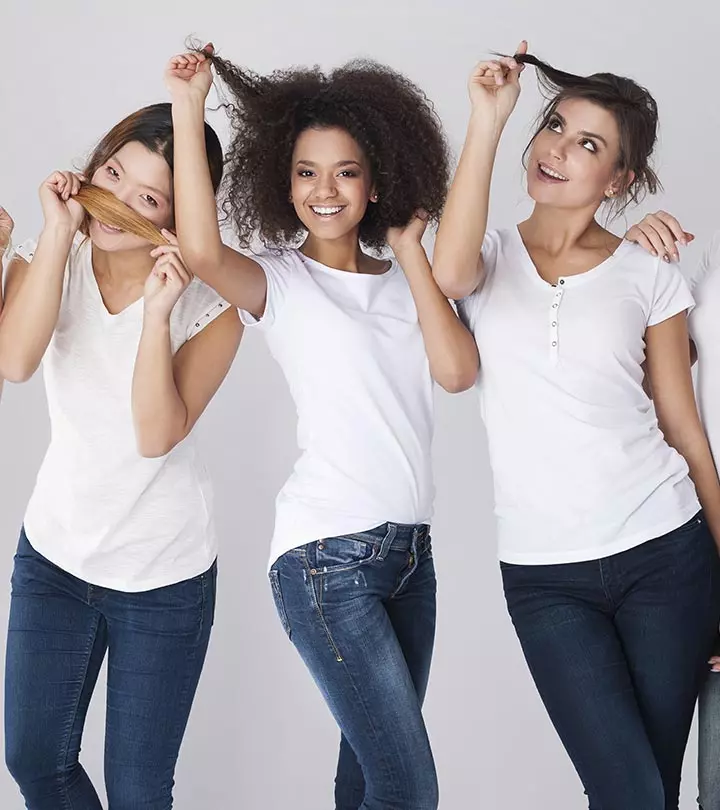
Image: Shutterstock
Most often, we end up choosing the wrong hair care products for our hair because we do not know our hair type. In this article, you can learn about the different hair types, how to determine your hair type, and how to take better care of it. This can also help you style your hair better. Knowing your hair type is key to choosing the right products that truly work for you. Unsuitable products can damage the appearance and health of your hair. By understanding your specific hair characteristics, you can make better choices that lead to healthier, more beautiful hair.
The hair type is characterized by multiple factors such as porosity, density, thickness, and elasticity. Keep reading to learn in detail about the different types of hair. Once you zero in on your hair type, you can choose the right hair styling techniques and hair care products. Scroll down to get your #hairgoals.
In This Article
1. Hair Density
Your hair density pertains to how much hair (the number of individual strands) you have on your scalp. Hair density differs from hair diameter. You can have thin hair with more density, and vice versa. There are three levels of hair density, any of which can be determined with the mirror test.
Grab a big section of your hair and pull it aside. The extent to which you can see your scalp determines your hair density.
- Thin Density: If you can easily see your scalp, you have thin hair density. That means your hair is scantily placed.
- Medium Density: If you can see your scalp partially from underneath your hair, you have medium hair density.
- Thick Density: If you can hardly see your scalp, you have thick hair density. This type tends to have a higher hair volume.
Key Takeaways
- Plucking a wet hair strand and stretching it a long way is one way of determining your hair elasticity.
- If you can barely feel your hair strand between your fingers, you have thin hair.
- Wavy hair is between straight and curly hair and has a rough texture and thick diameter.
- Kinky hair tends to be rough and is prone to breakage and damage.
2. Hair Diameter
The diameter of your hair refers to the width of an individual hair strand.
This is the most accurate way to determine your hair type. Do the strand test to understand if your hair is fine, medium or thick.
Hold a single strand of your hair between your thumb and index fingers.
- Thin Hair: If you can barely feel the strand between your fingers, you have thin hair. In some cases, the hair strand can be so thin that it is not even visible.
- Medium Hair: If you can feel the hair strand slightly, you have medium hair.
- Thick Hair: If you can distinctly feel the hair strand, you have thick hair.
 Fun Fact
Fun FactHair thickness can be determined by comparing your hair strand to a sewing thread. Place a hair strand along the length of a thread. If it is just as thick or even thicker than the thread, you have coarse or thick hair. If it is more or less the same thickness as the thread, you have medium hair. If the hair strand is significantly thinner than the thread, you have thin or limp hair.
3. Porosity
Porosity refers to your hair’s ability to absorb and retain moisture.
The higher the porosity, the more moisture and product it will absorb. High porosity may cause damage to hair (1). Low hair moisture indicates strands are prone to hair frizz. This also extends to its ability to absorb products.
Knowing the porosity of your hair can be helpful in choosing the right products for your hair. Submerge a single hair strand in a cup of water to determine the level of hair porosity.
- High Porosity: If the hair strand sinks to the bottom, you have high hair porosity. Hair with high porosity is more prone to damage as it can readily absorb the chemicals from products. It also gets frizzy and rough easily. Your hair may also dry up quickly after you wash it. A high number of pores in the hair cuticle results in high porosity. It is often caused due to frequent application of chemical-filled products or treatments. When you have highly porous hair, it is never hydrated enough.
- Medium Or Normal Porosity: You can find the strand floating in between the water and rightly balanced if your hair has normal porosity. This hair type takes in the correct amount of moisture. After washing it, your hair feels wet, but not sticky. It does not require a lot of maintenance and can hold any hairstyle effortlessly. Hair with normal porosity is less prone to damage.
- Low Porosity: If you have low porosity, your hair strand will float on the surface. This means, your hair takes a long time to dry. Your hair cuticles have fewer pores, which minimize your hair’s capacity to absorb water. The water tends to remain on the surface of the cuticle, and products used often get settled on top of your hair rather than sinking in. After a hair wash, your hair stays wet for long hours and feels sticky.
4. Hair Greasiness
Knowing how greasy your hair is can help you understand how frequently you need to wash it. Determining hair oiliness enables you to pick the right products, like clarifying shampoos and conditioners, as oily hair tends to build residue faster.
Wash your hair thoroughly before hitting the bed and let it air dry. Once you wake up, do a patch test on your scalp. You can press a tissue against your scalp, especially near the crown of your head and behind your ears. The amount of oil deposited on the tissue will determine how oily your hair is.
- Oily Hair: If there is a heavily greasy patch on the tissue, you have greasy hair and scalp. This means you need to wash your hair 4 to 5 times a week.
- Normal Hair: If there is very light evidence of oil, you have a normal scalp. You can wash your hair 1 to 2 times a week.
- Dry Hair: There is no oil deposited on the tissue. Hair dryness indicates a lack of hydration. Use hair conditioning products that can add and retain moisture in your locks.
- Combination Hair: If there is oil deposited on the tissue from only specific regions of your scalp, it indicates combination hair. Often, the hair behind your ears and over the temples secretes a high amount of oil.
Sometimes, individuals can have an oily scalp with dry and frizzy hair. Such people should use an oily scalp shampoo for the scalp and shampoo for dry hair on their strands. They can also only shampoo the scalp more often or use a conditioner on their hair without shampooing every time.
Most of the times, people mistake dandruff or flakes to be arising out of dry scalp and continue using wrong products. This can worsen the condition and lead to hair loss. Hence, if your condition does not improve with the usage of the OTC product, you must consult an expert instead of just changing your hair care products to control hair shedding.
5. Hair Elasticity
Hair elasticity refers to the extent to which a single hair strand can stretch before returning to its normal state
(1). It is a strong indicator of hair health. High elasticity has a good amount of hair shine and bounce and is regarded as the strongest of all hair types.
To find out the elasticity of your hair, you need to pluck a wet hair strand and stretch it as much as you can. Depending on the results, your hair elasticity can be categorized into one of three types.
- High Elasticity: If your hair strand stretches a long way without breaking immediately, it indicates high elasticity. This means stronger hair. Hair with high elasticity (when wet) can stretch up to 50% of its original length before it breaks. Often, coarse hair is highly elastic.
- Medium Elasticity: If your hair stretches to some extent before breaking, it indicates medium elasticity. Most women have medium hair elasticity. You can strengthen your hair using natural hair masks and hair oils.
- Low Elasticity: Hair that snaps almost immediately after stretching has low elasticity.
This hair type tends to be limp and brittle. It requires special attention with respect to the products used on it. A good hair routine is essential as harsh chemicals can diminish hair elasticity. Hence, it is essential to choose shampoos that strengthen hair cuticles. Include proper hair brushing techniques to boost blood circulation and prevent detangling or breakage.
6. Curl Pattern
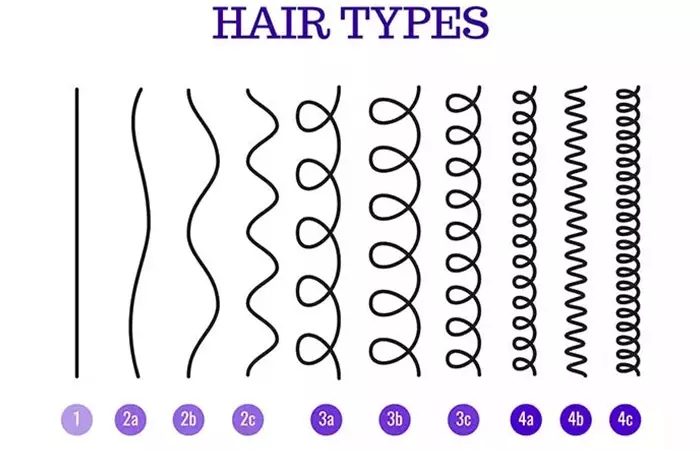
Observe your hair. Is it curly, wavy, straight, or kinky? There are four types of hair curl patterns. Andre Walker, Oprah Winfrey’s personal hairstylist, developed the Andre Walker Hair Typing System in the 1990s to categorize different hair textures. His system classifies hair into four main types: Type 1 (straight), Type 2 (wavy), Type 3 (curly), and Type 4 (kinky/tightly coiled). The subcategories (a, b, and c) within each type indicate variations in strand thickness or curl tightness, providing a more detailed understanding of each hair type. This system categorized hair as 1a, 1 b, 1c; 2a, 2 b, 2c; 3a, 3 b; and 4a, 4 b (2). Ultimately, your hair follicle and hair shaft decide how your hair will look. The tilt of the hair follicle and the way it grows into the scalp decide your hair pattern.
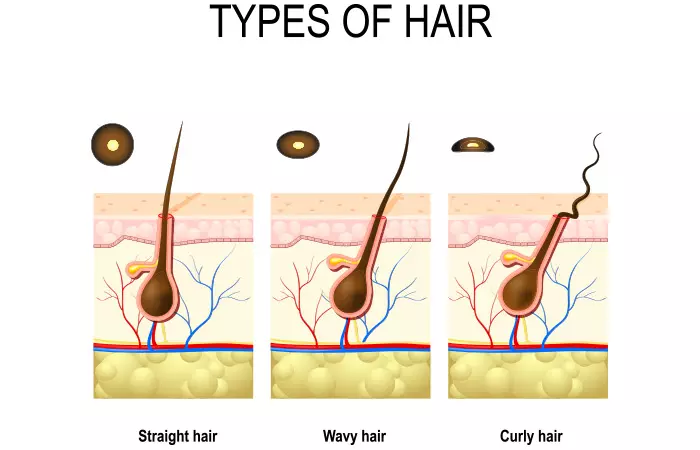
In the following section, we will look at the different hair types in detail to help you understand how to determine your hair type based on curl patterns. Try identifying which of these defines you.
Type 1: Straight Hair

This hair type stays straight irrespective of any amount of curling (3). It typically lies flat from the roots to the tips. Its texture is soft and silky, and it is extremely shiny. It does not possess any curls. Hair maintenance is relatively easier for this hair type. Often, women with straight hair have fine hair. Besides being soft, you can also see a high amount of oil secretion in this naturally straight hair type. People with this type often opt for hair perming or other techniques to add waves to their mane.
Type 2: Wavy Hair

Wavy hair type is neither straight nor curly. It falls somewhere between the two. In wavy hair, you can observe a slight curl pattern at the lower end of your hair (3). It can hold hairstyles very well. Its texture is quite rough, and its diameter is thick. Type 2 is divided into three sub-types:
- 2A is thin wavy hair
- 2B is medium wavy hair
- 2C type hair is thick wavy hair
Type 3: Curly Hair
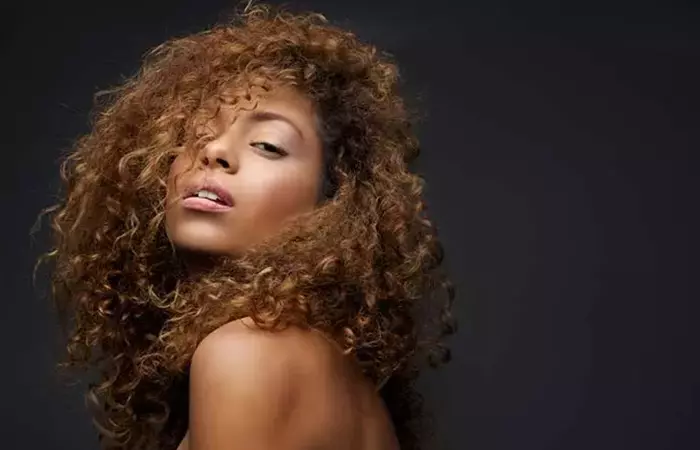
The best way to determine if you have type 3 curls is to check if your hair strand follows an ‘S’ pattern (3). This hair type has definite curls that stay curly irrespective of any amount of straightening. It has higher density compared to wavy and straight hair. It is more prone to frizz and can get tangled quickly. It is important to incorporate correct hair combing techniques to prevent your hair from damage. Type 3 is again divided into three sub-types:
- Type 3A has loose curls
- Type 3B has medium curls
- Type 3C hair has tight curls
Type 4: Kinky Hair

Kinky hair looks coarse and rough but is actually quite fragile and soft. It is easily prone to breakage and damage if not cared for. Kinky hair has high density with extremely tight curls. The curls resemble a ‘Z’ shape (3). This hair type is divided into three sub-types:
- Type 4A hair is soft
- Type 4B is wiry
- Type 4C is extremely wiry
 Quick Tip
Quick TipBesides, some people may have a mix of curl types and textures on different areas of their scalp. Rayna, a curly hair blogger, shares that she has a combination of 3a to 3c curls with areas of 4a. She writes, “I have 3a in the front (from heat damage) and a mixture of 3b and 3c in the middle and back of my hair. I scrunch my 3a curls to match my 3c curls while styling my wash and go’s (i).” She also adds that this hair type tends to work well with using water-based products like leave-in conditioners, styling creams such as shea moisture, custards, and gel products.
Everyone has different hair types; hence, it is crucial to understand yours. Based on that, you can devise your hair care routine and enjoy healthy hair every day. Keep reading to learn more about it.
Hair Care Tips For Each Hair Type
Type 1 (Straight Hair)
- Use a lightweight, volumizing shampoo to avoid greasiness.
- Wash hair regularly to prevent oil buildup.
- Avoid heavy conditioners that can weigh hair down.
- Use dry shampoo between washes to absorb excess oil.
Type 2 (Wavy Hair)
- Use sulfate-free shampoos to prevent dryness.
- Apply a lightweight leave-in conditioner or curl-enhancing cream.
- Scrunch hair with a microfiber towel to define waves.
- Avoid excessive heat styling to prevent frizz.
Type 3 (Curly Hair)
- Wash with a moisturizing shampoo and deep condition regularly.
- Use a wide-tooth comb to detangle gently.
- Apply a curl cream or gel while the hair is damp to define curls.
- Sleep on a satin pillowcase, or use a silk scarf to reduce frizz.
Type 4 (Kinky/Coily Hair)
- Wash hair with a sulfate-free, hydrating shampoo.
- Deep condition weekly to retain moisture.
- Hydrate hair using the LOC (Liquid, Oil, Cream) method.
- Avoid harsh brushing and detangle with fingers or a wide-tooth comb.
- Protective styles like braids or twists can help reduce breakage.
Infographic: Everything You Need To Know About Different Types Of Hair
The best way to get rid of all your hair issues is to get the answer to the question, “What type of hair do I have?”. Because most of us are guilty of not knowing our hair types, we tend to use the wrong hair care and styling products that may affect our hair and damage it too. Once you figure out your hair structure, you should be able to understand your hair better and pick the right products to use on it.
To assist you, we have included a list of hair types in the infographic below. Take a look!

Illustration: StyleCraze Design Team
Knowing your hair type is the key to unlocking healthy hair! If you are wondering how to determine your hair type, factors like hair diameter, porosity, greasiness, elasticity, density, and pattern play a crucial role. There are four main hair types: straight, wavy, curly, and coily. As you understand the answers to “What is my hair type?” and “What hair type do I have?”, you will learn to cater to the right hair issues. Not only that, but knowing your hair type allows you to choose the right hair products for your hair, like serums, shampoos, masks, and brushes. You can now devise a hair care routine that can nourish and improve your hair type.
Frequently Asked Questions
Can I have more than one hair type?
Yes, it is possible to have more than one hair type. For example, you may have curly hair on one part of your head and wavy on another. Understanding these differences helps you choose the right care for each section.
What is the best way to care for curly hair?
Curly hair needs extra moisture and gentle care. Use hydrating products, avoid harsh brushing, and protect your curls with silk or satin pillowcases to maintain their shape and health.
Do I have 1B hair?
Type 1B hair has the ability to hold curls effectively. Also, it has a medium texture and is generally straight from the roots. If this description matches your hair, you have 1B hair.
What does 1B hair type look like?
1B hair type looks shiny and sleek. It has subtle bends in the middle but ends in gentle curls.
Is my hair 1C or 2A?
Type 1C hair is straight but easily holds a slight curl. This hair type can easily achieve a tousled look when you air-dry it. 2A hair is voluminous and wavier than type 1 hair. You can figure out your hair type based on these descriptions.
What is the rarest hair texture?
According to anecdotal evidence, type 1A is the rarest hair type. It is generally seen in women of Asian ethnicity.
Can 2A hair become curly?
Yes, with the help of a curling iron. 2A hair has a slightly wavy texture that can be worked into bouncy curls using the right heat styling tool.
Is there 4D hair?
Yes, it is also known as a Z pattern. The texture of 4D hair is cottony, with an extremely tight curl pattern that can resemble a Z shape, tight coils, or a blend of the two.
Illustration: What Are The Different Hair Types? How To Determine Your Hair Type?
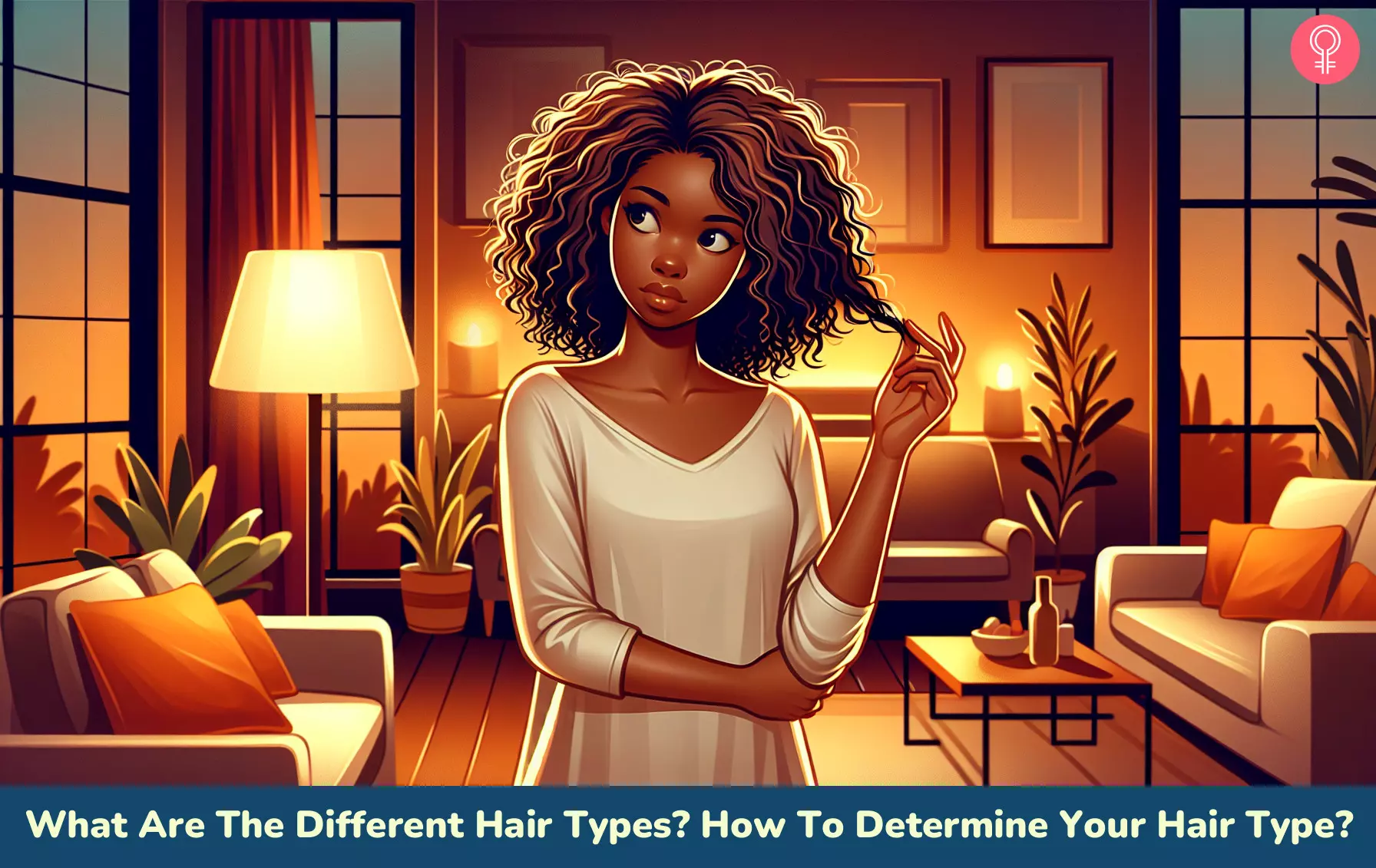
Image: Stable Diffusion/StyleCraze Design Team
Confused about your hair type? Discover the secrets to understanding your unique hair type in this informative video. Say goodbye to hair dilemmas and embrace your hair’s true nature.
Personal Experience: Source
StyleCraze's articles are interwoven with authentic personal narratives that provide depth and resonance to our content. Below are the sources of the personal accounts referenced in this article.
i. 2c, 3b, 4a…Do You Know Your Hair Type?https://happycurlhappygirl.wordpress.com/2014/10/29/2c-3b-4a-do-you-know-your-hair-type/
References
Articles on StyleCraze are backed by verified information from peer-reviewed and academic research papers, reputed organizations, research institutions, and medical associations to ensure accuracy and relevance. Read our editorial policy to learn more.
- Hair Cosmetics: An Overview International Journal Of Trichology US National Library of Medicine.
https://www.ncbi.nlm.nih.gov/pmc/articles/PMC4387693/ - Impact of Hair Type Hair Sample Weight External Hair Exposures and Race on Cumulative Hair Cortisol US National Library of Medicine.
https://pmc.ncbi.nlm.nih.gov/articles/PMC10914121/ - Towards Creation of a Curl Pattern Recognition System International Conference on Image Processing Computer Vision & Pattern Recognition Semantic Scholar.
https://www.semanticscholar.org/paper/Towards-Creation-of-a-Curl-Pattern-Recognition-Kymberlee/fc7fbbcd4f9a0e886013de1be35d24e32af6587d?p2df
Read full bio of Dr. Rekha Yadav
Read full bio of Arshiya Syeda
Read full bio of Ramona Sinha
Read full bio of Medha Deb






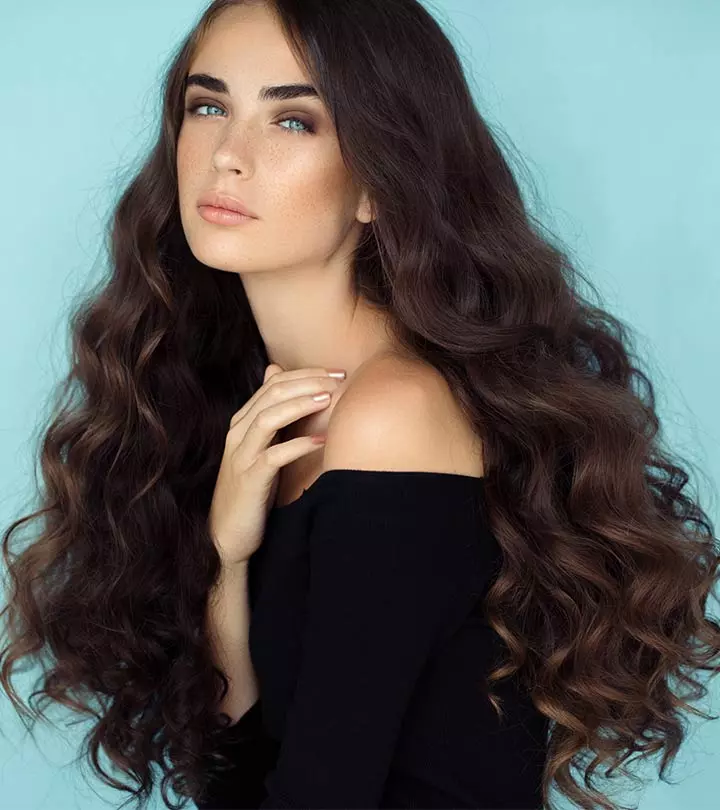

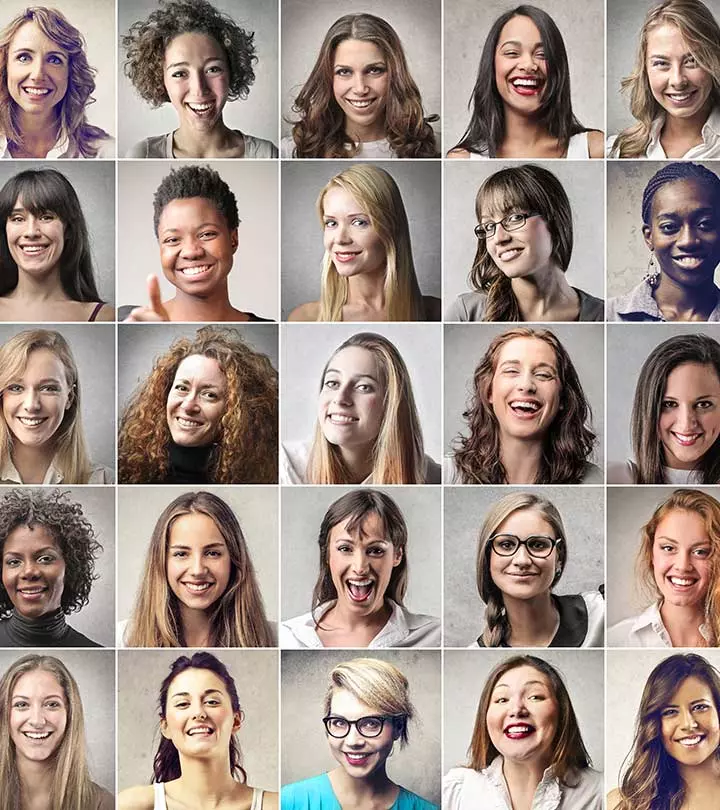
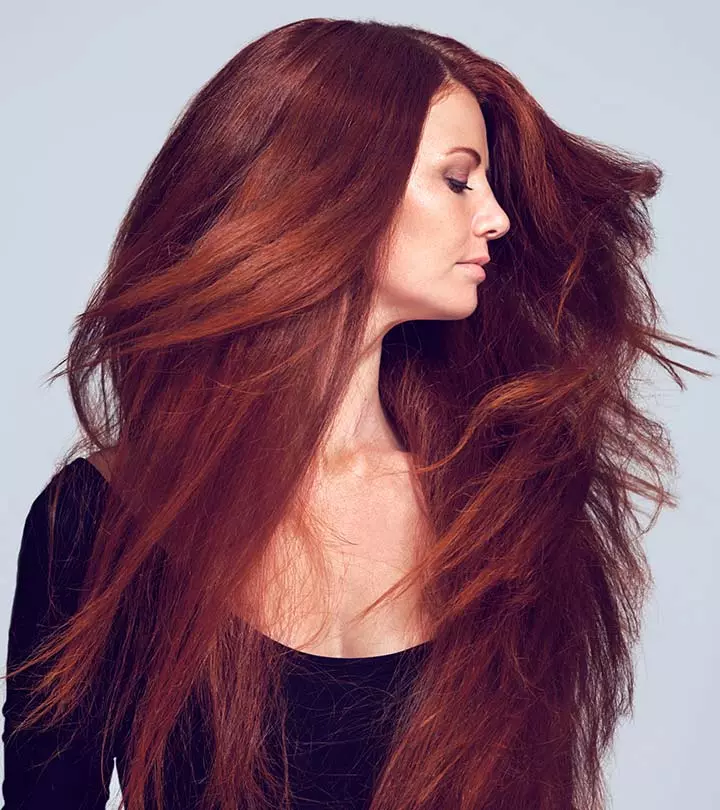
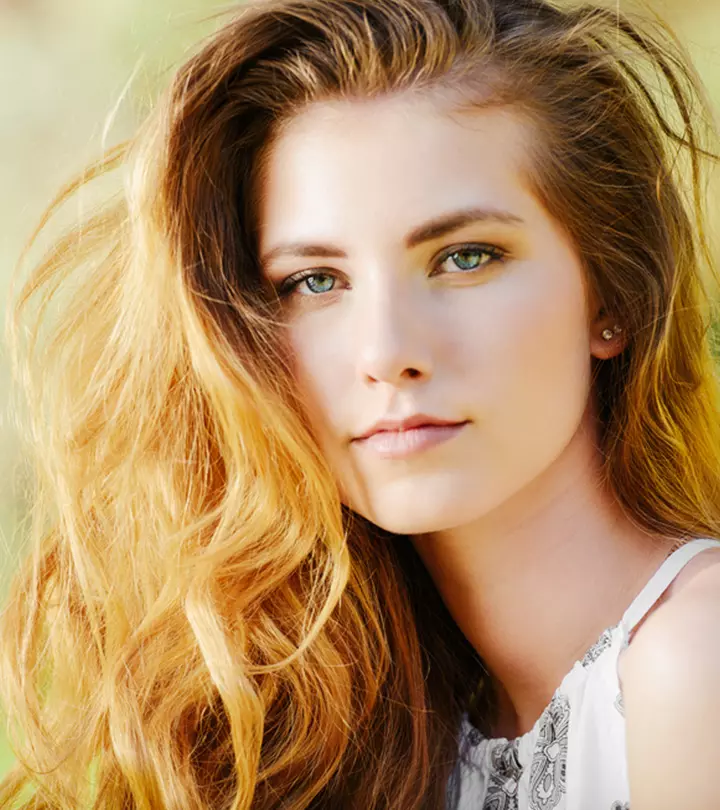
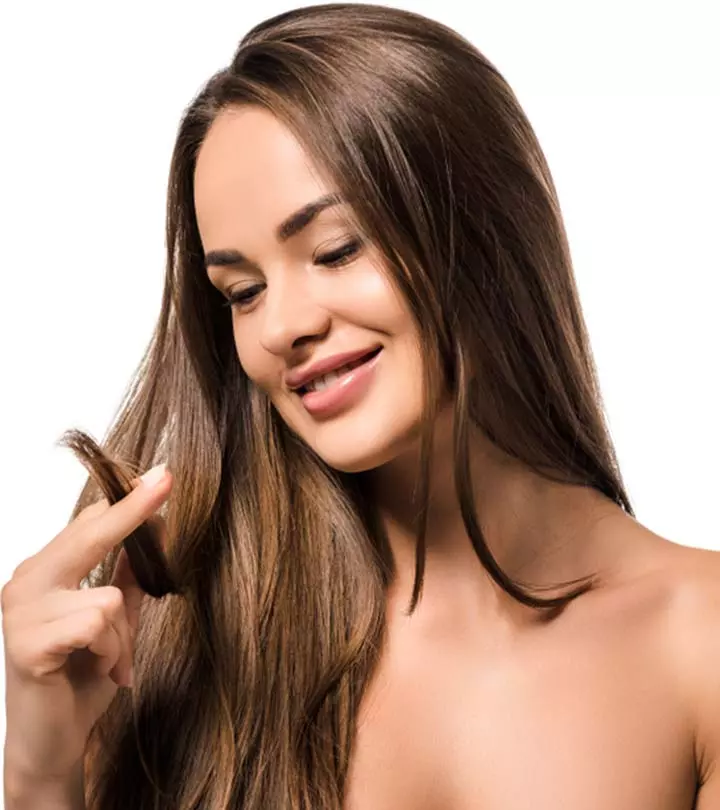
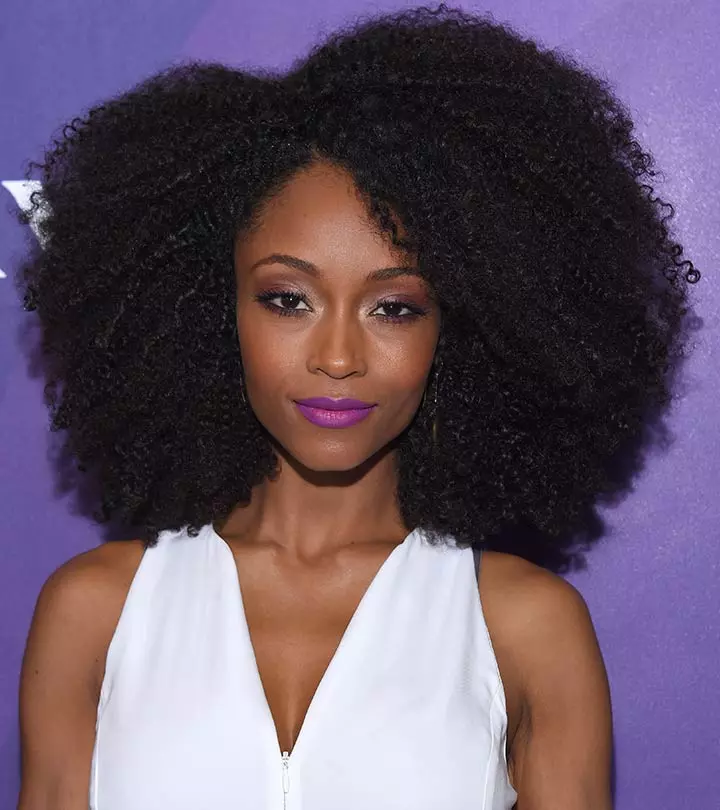
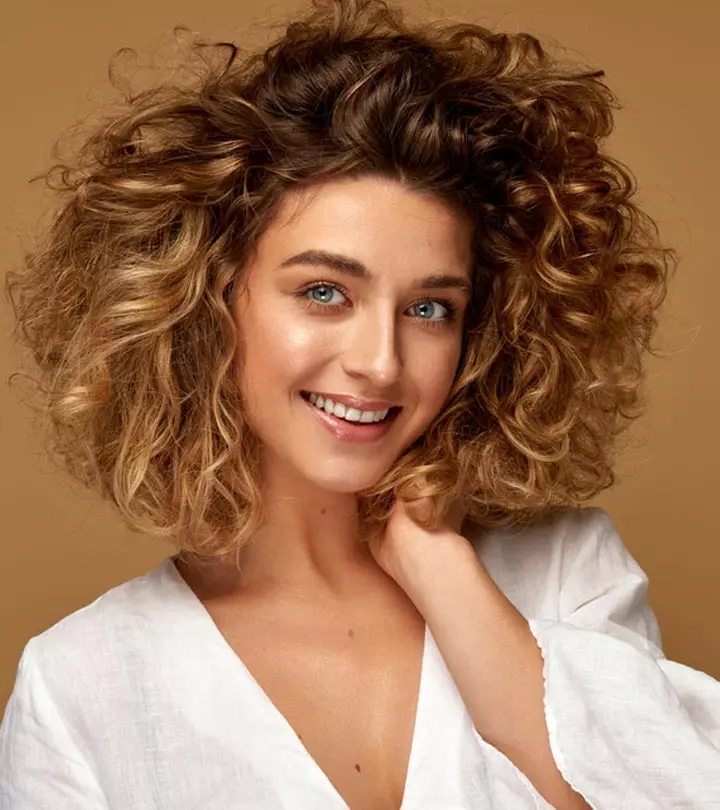
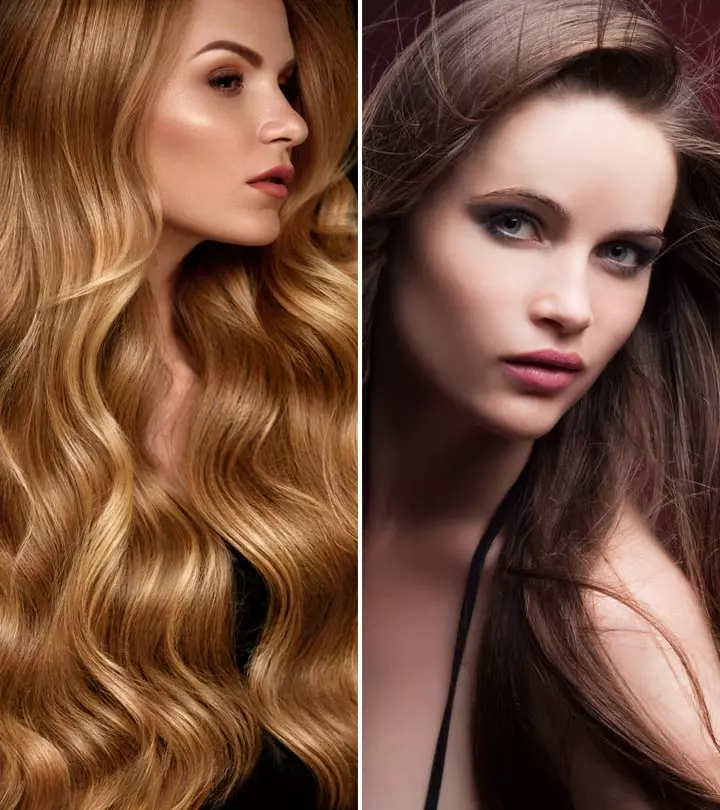
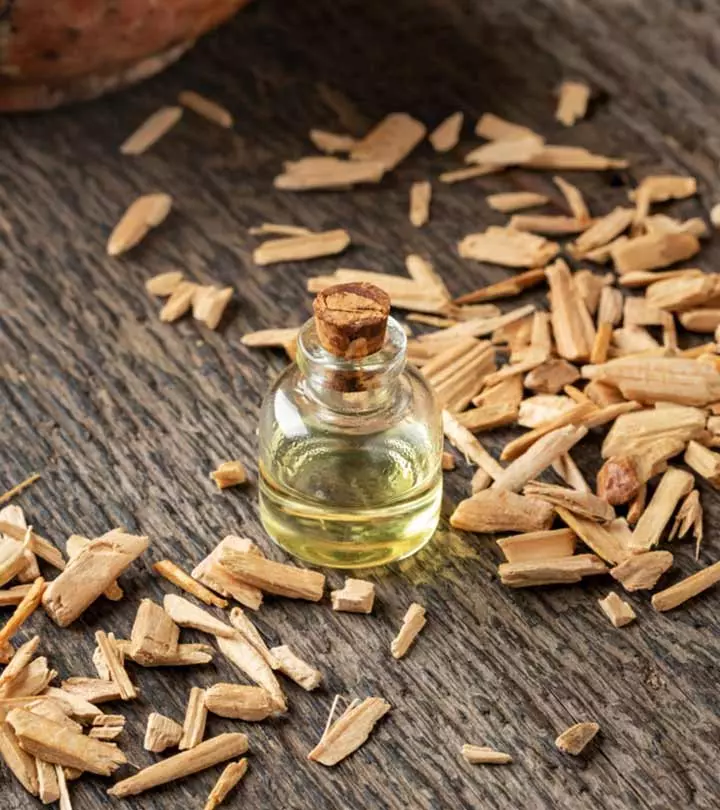

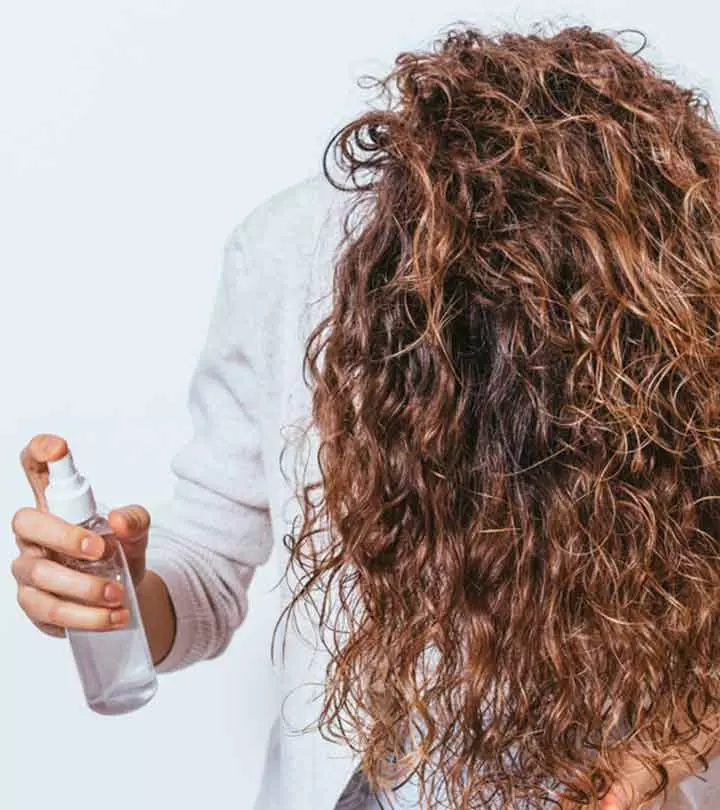
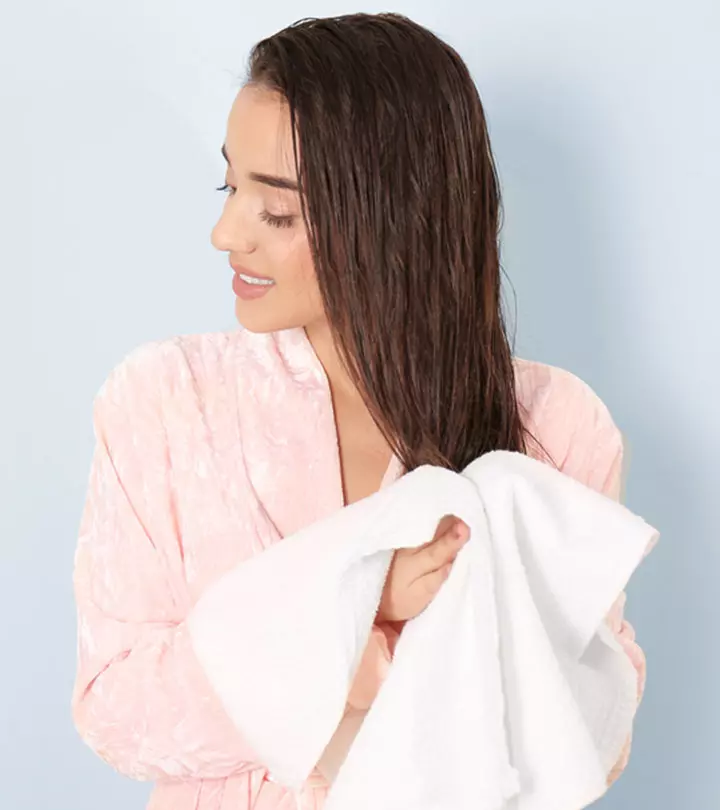
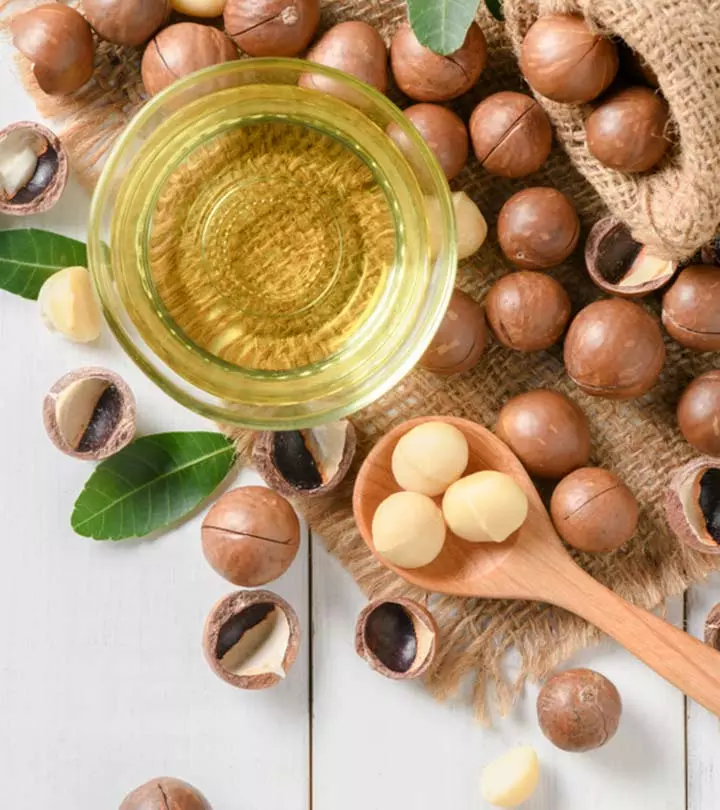
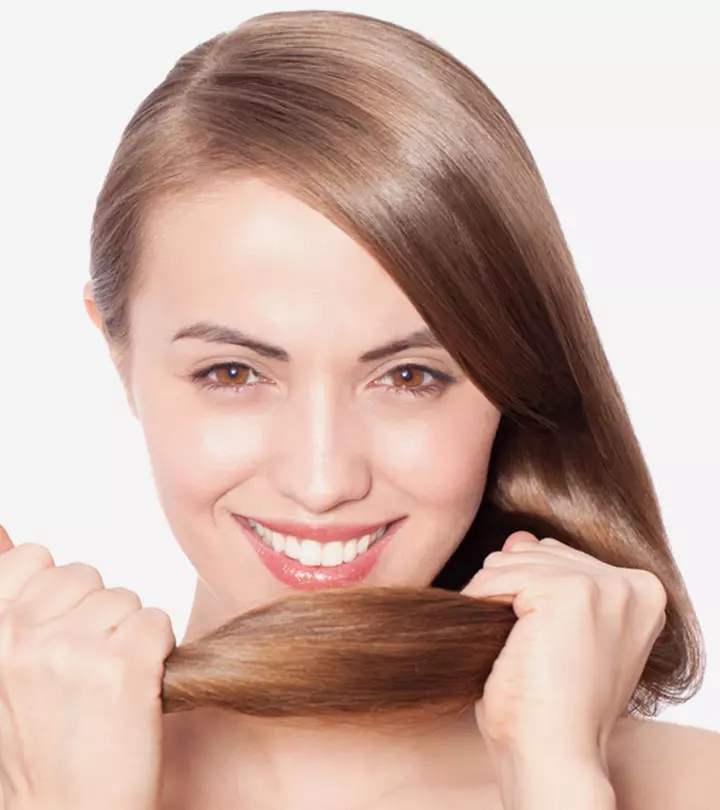
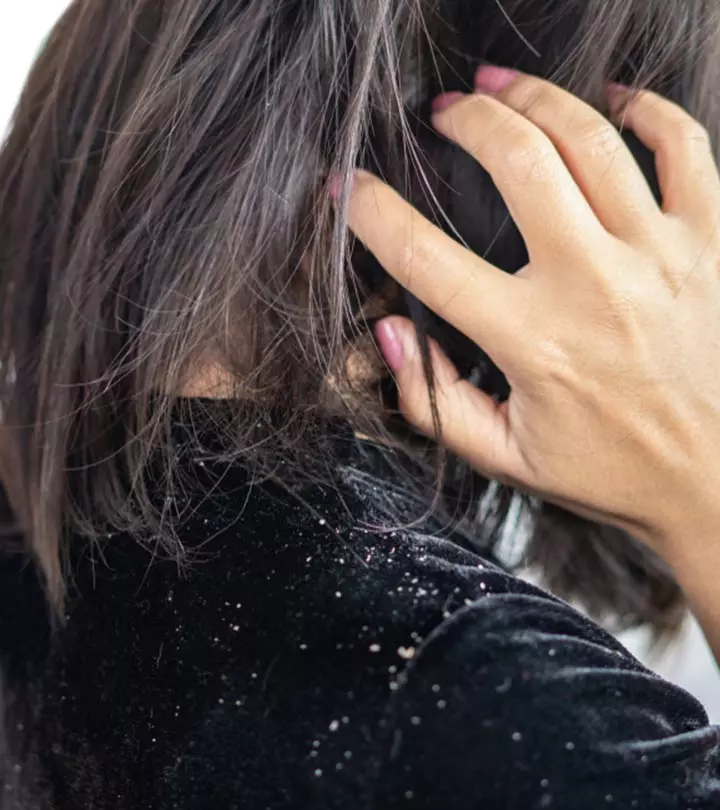
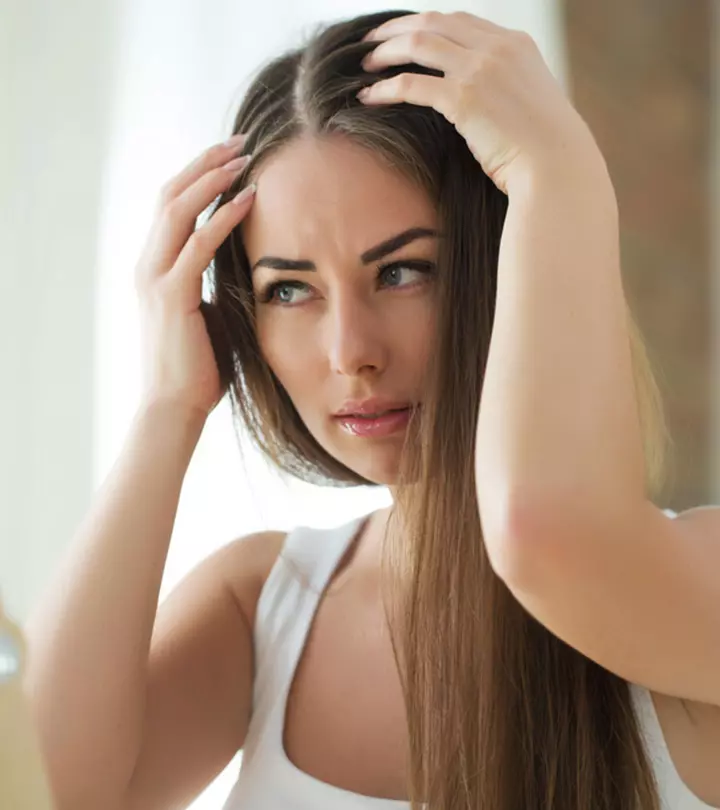
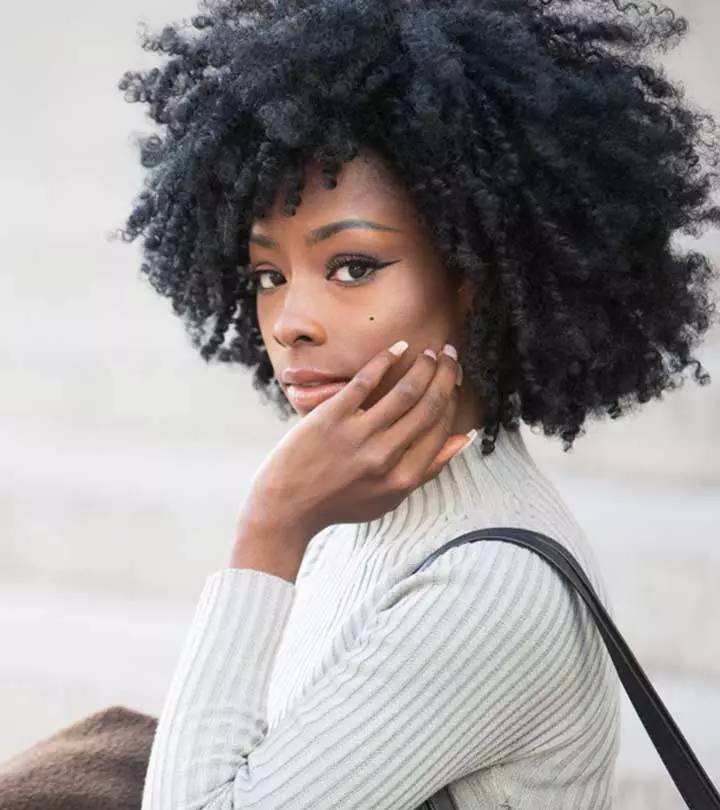
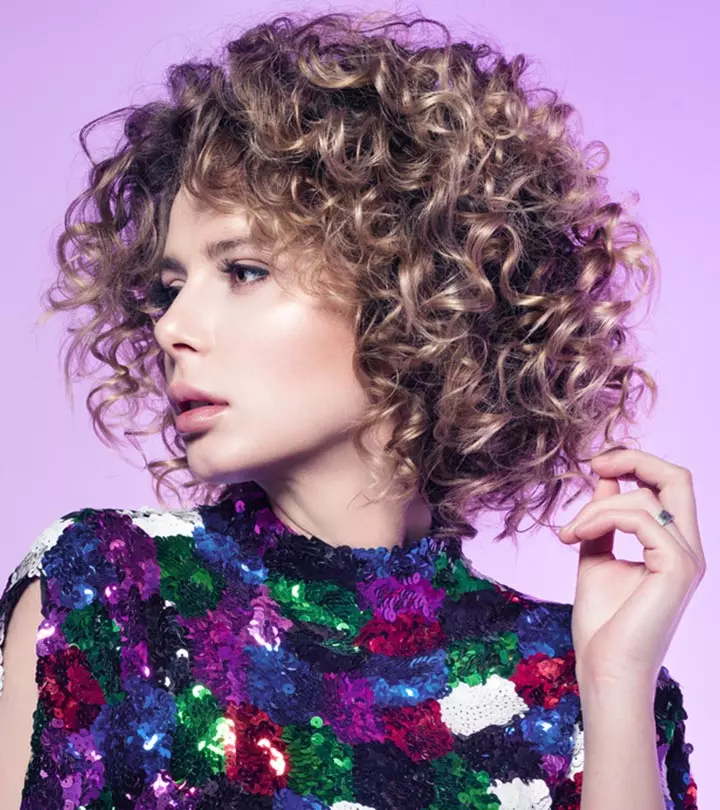
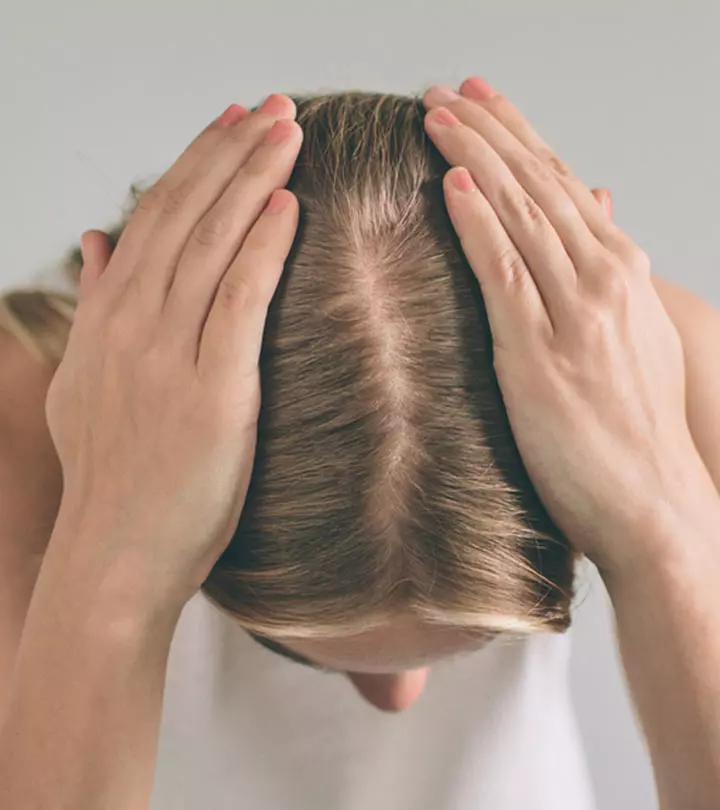

Community Experiences
Join the conversation and become a part of our empowering community! Share your stories, experiences, and insights to connect with other beauty, lifestyle, and health enthusiasts.